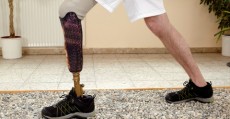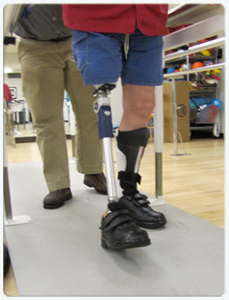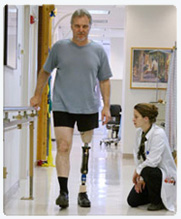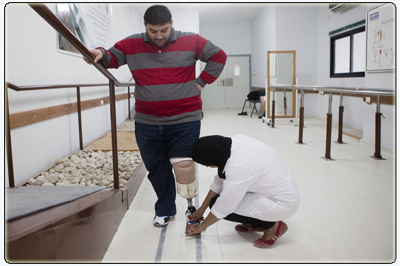
At BioMove, Your health is our first priority. We provide comprehensive physical therapy services, one-on-one personal training, and fitness care for clients of all ages and functioning levels. Whether you’re here on doctor’s orders or to achieve your personal fitness goals, you’ve come to the right place. Our physical therapists are knowledgeable and skilled in the latest therapies and perform them with gentle care. Combining an advanced understanding of anatomy, physiology, bio-mechanics, and physical fitness, our personal trainers create individualized work out regimens that help our clients reach their fitness or life-style goals.
BioMove Physical Therapy offers a personalized hands-on approach to Physical and Occupational Therapy. Your evaluation and treatment will be performed in a comfortable friendly environment by a highly trained and experienced therapist.
Your treatment will consist of:
- A thorough evaluation specific to your condition and an assessment of how it affects you as a whole.

- An understandable explanation of your condition and what we will be doing to help you reach your full recovery potential.
- A treatment plan specific to your needs including manual techniques, exercise, modalities (heat, ice, ultrasound, etc.) as needed.
- A home exercise program to assist in the progression of your recovery.
Physical Therapy for the Amputee
The patient should be sure that the chosen PT/OT has had the proper training and experience to work with him or her and the new prosthesis.
It’s also a good idea to use a PT/OT who has a good working relationship with the prosthetist so that they can work together to return as much function as possible to the patient. Many lower-limb amputees use more than twice the energy of an able-bodied person but walk at half the speed. Aerobic conditioning can reduce this gap, and an active individual is less at risk for the secondary conditions that can occur as the result of a sedentary lifestyle: obesity, diabetes, cardiovascular disease, depression, loss of bone density, back pain, amputation of another limb, and even some forms of cancer.
Rehabilitation of the patient will likely include:
- Stretching exercises
- Strengthening exercises
- Gait (walking) training with or without assistive devices
- Managing and care of the prosthesis
- Care of the residual limb
- Care of the remaining limbs
Physical therapy should be instituted as soon as possible at the doctor’s discretion to prevent contractures of affected joints, increase circulation, and minimize muscle atrophy.

Therapy should include:
- Exercises to improve range of motion
- Stretching/strengthening exercises for affected and unaffected limbs
- Use of walker and/or crutches on flat surfaces and stairs
- Use of wheelchairs
- Activities of Daily Living (ADL)
Gait Training for the New Prosthesis
Our state-of-the-art facility includes meets all rehab needs and a specific are for gait training. Our programs are custom tailored to the needs, health, and goals of each patient.
Gait training enables patients to overcome the challenge of stability and to optimize the capabilities of their prosthesis.

We prepare each individual’s gait training program based on multiple factors:
- The prosthesis, which has first been properly matched, balanced, aligned, and fitted to the patient.
- The general physical health and conditioning of the patient.
- The level of amputation for BK, AK, hip, and bilateral amputees.
- The condition of the residual limb.
- The level of performance the patient is targeting to achieve.
BioMove patients learn during gait training to activate the muscles that will enhance their stability by controlling the residual and prosthetic joints and provide the levels of propulsion they are looking for.
